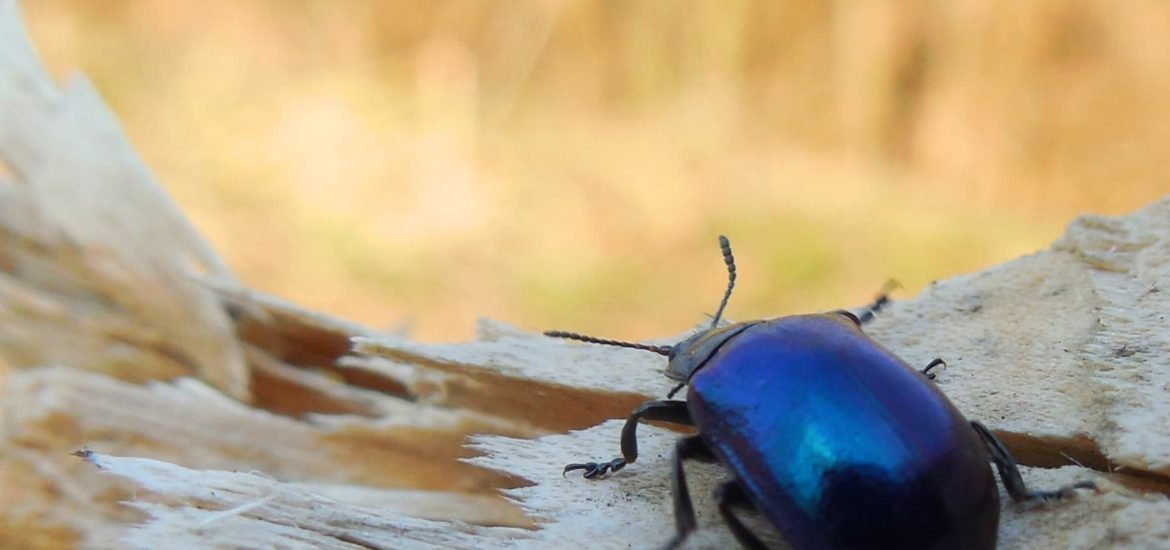
A study published yesterday in the Journal of Animal Ecology says that the world’s largest beetles could be shrinking due to climate change.
Researchers at the University of British Columbia (UBC) in Vancouver found that 95% of beetles raised in laboratories decreased in size when rearing temperatures were increased. Larger-bodied beetles shrunk disproportionately more than smaller-bodied species.
The new work “is a powerful demonstration of how climate change is influencing this group of beetles,” Rhonda Snook, who was not involved in the study and works as an evolutionary biologist at Stockholm University, told Science Magazine.
Shrinking is one of three ways scientists expect living organisms to respond to climate change. The others include moving to new regions and changing the timing of their life stages. Most of the existing evidence for organisms shrinking has come from laboratory work where it is possible to tightly control the environment and living conditions.
Yesterday’s study cites previous research indicating that at least 22 species of beetles shrank when raised in temperatures warmer than normal. Ground beetles, for example, shrank by 1% of their body weight for each 1°C increase in the temperature in which they were raised.
UBC researchers then checked whether the body size of wild-caught beetles has changed over time. To do this, they used the university’s 600,000-specimen insect collection and selected datasets spanning 30 to 100 years. They also looked at climate records, including temperature changes, trends in rainfall, and other factors.
The team’s research showed that larger-bodied wild beetle species have decreased in size over time, changes explained by increases in autumn temperature and decreases in spring temperature. The four largest species of beetles shrank 20% in the past 45 years, according to the study.
Researchers also found that the relationship between body size and temperature for wild-caught beetles matches relatively well with laboratory results. Although there was some variation in the relationship, they attributed it to interspecific variation in mean beetle body size.
Michelle Tseng, an evolutionary ecologist who led the study, said she and her students “were surprised” by the findings. They did not expect to see any trends when examining only beetle size and climate change. Tseng added that these types of changes can have big effects on the ecosystem. Smaller dung beetles, for example, clear less dung than larger ones.
Alan Ronan Baudron, a fish biologist at Scotland’s University of Aberdeen, told Science, “If the size of cold-blooded animals is changing around the world, we can expect it will have consequences.” Baudron, who was not involved in the research, noted that the outcome of such changes in the ecosystem remains unclear.
Baudron said that he has observed similar trends in his studies and thinks it “is universal.” His research has documented shrinking in some species of fish in the North Sea as the climate warms, and said that other studies have found similar size changes in aquatic animals.
Other scientists have expressed caution about the new study’s findings. Wolf Blanckenhorn, an evolutionary ecologist at the University of Zurich, told Science he has also observed shrinkage in his studies of dung beetles, but that so far there is no proof warming temperatures are the cause. Other changes that scientists have not recognized could be affecting the beetles’ size, he said.